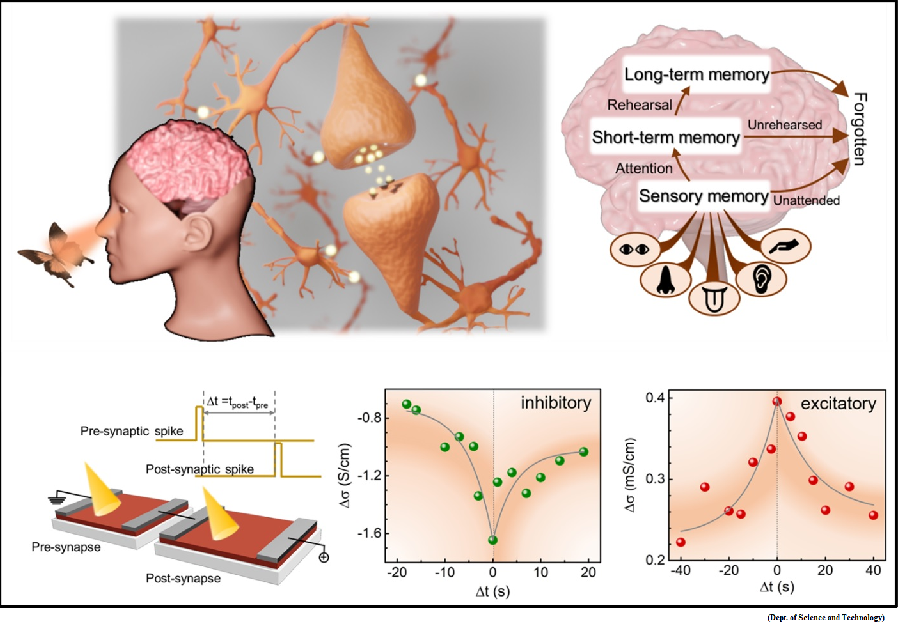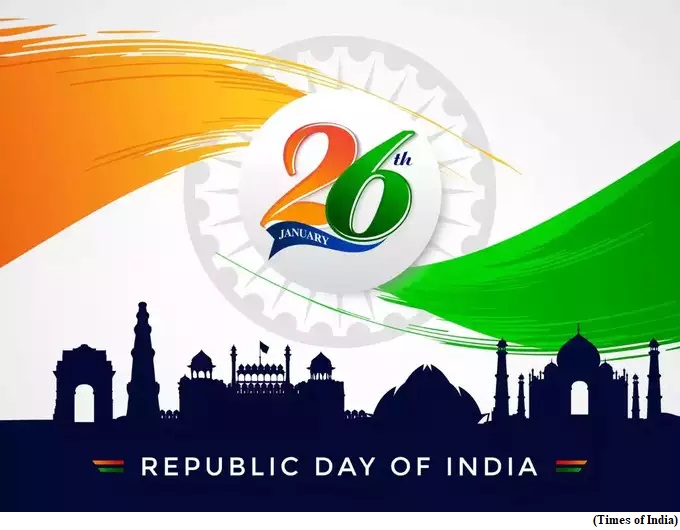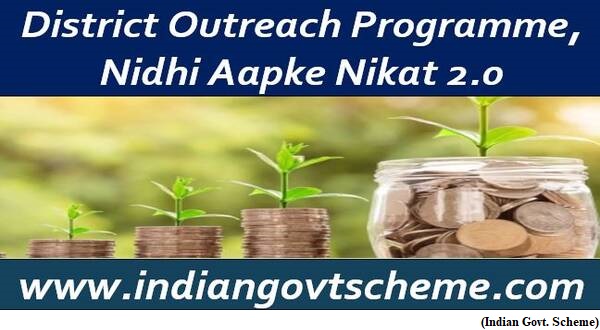Artificial synapse developed for brain-like computing with industry-compatible Nitride Semiconductors (GS Paper 3, Science and Tech)

Why in news?
- Scientists have used scandium nitride (ScN), a semiconducting material with supreme stability and Complementary Metal-Oxide-Semiconductor (CMOS) compatibility, to develop brain-like computing.
- This invention can provide a new material for stable, CMOS-compatible optoelectronic synaptic functionalities at a relatively lower energy cost and hence has the potential to be translated into an industrial product.
Why brain-like computing approach?
- The traditional computers have physically separated memory storage and processing units. As a result, it takes enormous energy and time to transfer data between these units during an operation.
- On the contrary, the human brain is a supreme biological computer that is smaller and more efficient due to the presence of a synapse (the connection between two neurons) that plays the role of both processor and memory storage unit.
- In the current era of artificial intelligence, the brain-like computing approach can help meet the escalating computational demands.
Artificial synaptic device:
- The development of neuromorphic hardware aims at mimicking a biological synapse that monitors and remembers the signal generated by the stimuli.
- Scientists have been trying to create an artificial synaptic device that does not suffer from RC delays, exhibits large bandwidth, consumes low energy, and is stable, scalable, and CMOS-compatible.
Recent research:
- A team of scientists at Bengaluru’s Jawaharlal Nehru Centre for Advanced Scientific Research (JNCASR), working on nitride-based materials have used their background for developing hardware for neuromorphic computing.
- They used ScN to develop a device mimicking a synapse that controls the signal transmission as well as remembers the signal.
Outcome:
- This work demonstrates an artificial optoelectronic synapse with ScN thin films that can mimic synaptic functionalities like short-term memory, long-term memory, the transition from short-term to long-term memory, learning–forgetting, frequency selective optical filtering, frequency-dependent potentiation and depression, Hebbian learning, and logic-gate operations.
- Additionally, with varying magnesium (Mg) dopant concentrations, both excitatory (increase in current/synaptic strength) and inhibitory (decrease in current/synaptic strength) operations can be achieved in the same material that is not readily possible with other materials.
- The increase in resistivity (negative photoconductivity) in ScN and decrease in resistivity (positive photoconductivity) in Mg-doped ScN on shining light was used as the excitatory and inhibitory nature of the synapse, respectively.
- The persistence in the photoconductivity after turning off the light acts as a memory that lasts for several minutes to several days, depending on the nature of the stimuli. This work is the first demonstration of an optoelectronic synapse with a CMOS chip-compatible group-III nitride semiconductor.
Potential of scandium nitride (ScN):
- Compared to the existing materials used to demonstrate optoelectronic synapse, ScN is more stable, CMOS compatible, and can be seamlessly integrated with existing Si technology.
- It can act as a platform for both excitatory and inhibitory functions. The industrial processing techniques of ScN are similar to the existing semiconductor fabrication infrastructure.
- Response to the optical stimuli also has the advantage of possible integration with photonic circuits known for higher speed and broader bandwidth than electronic circuits.
Why was January 26 chosen as India’s Republic Day?
(GS Paper 1, History)
Context:
- Since 1950, January 26 has marked the day India’s Constitution came into effect.
- However, the Constitution was prepared way before the chosen date, adopted officially by the Constituent Assembly on November 26, 1949.
- On January 26, 1930, the historic “Poorna Swaraj” declaration was officially promulgated, beginning the final phase of India’s freedom struggle where the goal would be complete independence from British rule.

The context of the 1920s
- The Non Cooperation Movement ended unceremoniously in February 1922 after the Chauri Chaura incident. Mahatma Gandhi, at the time, felt that the country was “not yet ready” for his non-violent methods of protest.
- Thus, the 1920s did not see further mobilisation at the scale that was seen during the Non Cooperation Movement and the anti-Rowlatt Satyagraha.
Simon Commission:
- In 1927, British Authorities appointed the Simon Commission, a seven-man, all European team under Sir John Simon to deliberate on political reforms in India. This sent a wave of outrage and discontentment across the country.
- For the first time since 1922, protests against the Simon Commission spread nationwide, with chants of “Simon Go Back” echoing across the country.
Nehru Report:
- In response, the INC appointed its own commission under Motilal Nehru. The Nehru Report demanded that India be granted dominion status within the Empire.
Balfour Declaration:
- In the Balfour Declaration of 1926, dominions were defined as “autonomous communities within the British Empire, equal in status, in no way subordinate one to another in any aspect of their domestic or external affairs, though united by a common allegiance to the Crown and freely associated as members of the British Commonwealth of Nations.”
- In 1926, countries like Canada, Australia and New Zealand were granted dominion status.
Internal disagreement with the Congress: Dominion or Republic?
- Crucially, even within the Congress, the Nehru Report did not enjoy universal support. Young leaders such as Bose and Jawaharlal Nehru wanted India to break all ties with the British Empire. They argued that under dominion status, while India would enjoy a certain level of autonomy, the British Parliament and Crown would still have the ability to meddle in Indian affairs.
- Importantly, for both Bose and Nehru, attaining dominion status would make India party to colonial exploitation elsewhere in the British Empire, mainly Africa. With a far more radical worldview than their predecessors, Bose and Nehru looked at anti-colonialism not only as a local political issue for India but in a more global lens.
- However, Gandhi was still very much for dominion status, arguing that it would be a welcome step in India’s anti-colonial struggle. His views would soon change.
Viceroy Irwin goes back on his word:
- In 1929, Viceroy Irwin had vaguely announced that India would be granted dominion status in the future. Known as the Irwin Declaration, it was warmly welcomed by Indians but faced massive backlash back in Britain.
- The British population was still pro-Empire and India was seen as the Empire’s Crown Jewel. Importantly, as the world economy went into a recession, India was arguably Britain’s most valuable colony with its vast land, resources, and population crucial for its economy.
- Thus, under pressure from back home, Irwin went back on his word. In a meeting with Gandhi, Muslim League’s Muhhammad Ali Jinnah and a few other leaders, he said that he could not promise India dominion status any time soon.
- This would be a turning point as the Congress grew increasingly united on the issue.
Declaration of Poorna Swaraj:
- The Lahore Session of the INC convened in December 1929. On December 19, the historic “Poorna Swaraj” resolution was passed in the session.
- This declaration of Independence was officially promulgated on January 26, 1930. The Congress urged Indians to come out and celebrate “independence” on that day.
- The Indian tricolour was hoisted across the country by Congress party workers and patriotic songs were sung as the country reconfigured its strategy for Independence.
- The resolution also contained in it an affirmation to the Gandhian methods of nonviolent protest, which would start almost immediately after Poorna Swaraj Day was celebrated.
Republic Day in post-Independence India:
- From 1930 till India finally won its independence in 1947, January 26 was celebrated as “Independence Day” or “Poorna Swaraj Day” with Indians reaffirming their commitment towards sovereignty on that day.
- However, India won independence from the British on August 15, exactly two years after the Japanese surrendered to the Allies to end World War II.
- Thus, when leaders had to decide on a day to promulgate India’s new constitution, January 26 was thought to be ideal. Not only did this date already hold nationalist significance, the Constitution in many ways reflected the “Poorna Swaraj” declaration of two decades back.
Employees’ Provident Fund Organization to launch a massive District Outreach Programme, Nidhi Aapke Nikat 2.0, in all the districts of the country
(GS Paper 2, Economy)
Why in news?
- Employees’ Provident Fund Organization (EPFO) is launching a massive District Outreach Progarmme in all the Districts of the country through a revamped Nidhi Aapke Nikat programme.
- This programme will be e-launched by Secretary, Ministry of Labour & Employment.

Nidhi Aapke Nikat 2.0:
- The Nidhi Aapke Nikat 2.0 will not be only grievance redressal platform and information exchange network for the employers and the employees but also a platform for exchange of information with the district level authorities of various State and Central Government departments.
- In this programme, a help desk will be created where members will get the online services like filing of online claim etc.
- Grievance redressal of the members will be done on the spot and in case any grievance could not be redressed on the spot, it will be registered on the grievance portal of EPFO and will be resolved on priority.
Purpose:
- The Nidhi Aapke Nikat is a programme where EPFO stakeholders come to the EPFO field offices for grievance redressal, under the Nidhi Aapke Nikat 2.0, EPFO will reach out to the stakeholders, thereby increasing accessibility and visibility of the organisation, in all the districts of the country.
- The aim of the programme is to reach out to all the districts in the country on the same day every month.
- The Nidhi Aapke Nikat 2.0 will be conducted on 27th of every month starting from January 2023. However, if 27th of a month is a holiday, it will be conducted on the next working day.
Significance:
- This targeted approach will ensure high public satisfaction as well as efficient benefits delivery of benefits.
- By strengthening and increasing the reach of Nidhi Aapke Nikat as a District Awareness Camp and Outreach Program, more than 500 districts of the country which do not have EPFO offices will be covered and social security and seamless services can be provided to the members.
Background:
- Over the years, EPFO has taken several measures and reforms for the benefit of its subscribers.
- In the year 2015, Bhavishya Nidhi Adalat was rechristened as Nidhi Aapke Nikat and in the year 2019, the outreach of the Nidhi Aapke Nikat Program was further improved by inviting participation of trade unions.
- In the year 2021, for grievances redressal of pensioners, an exclusive platform monthly Pension Adalat was initiated.




